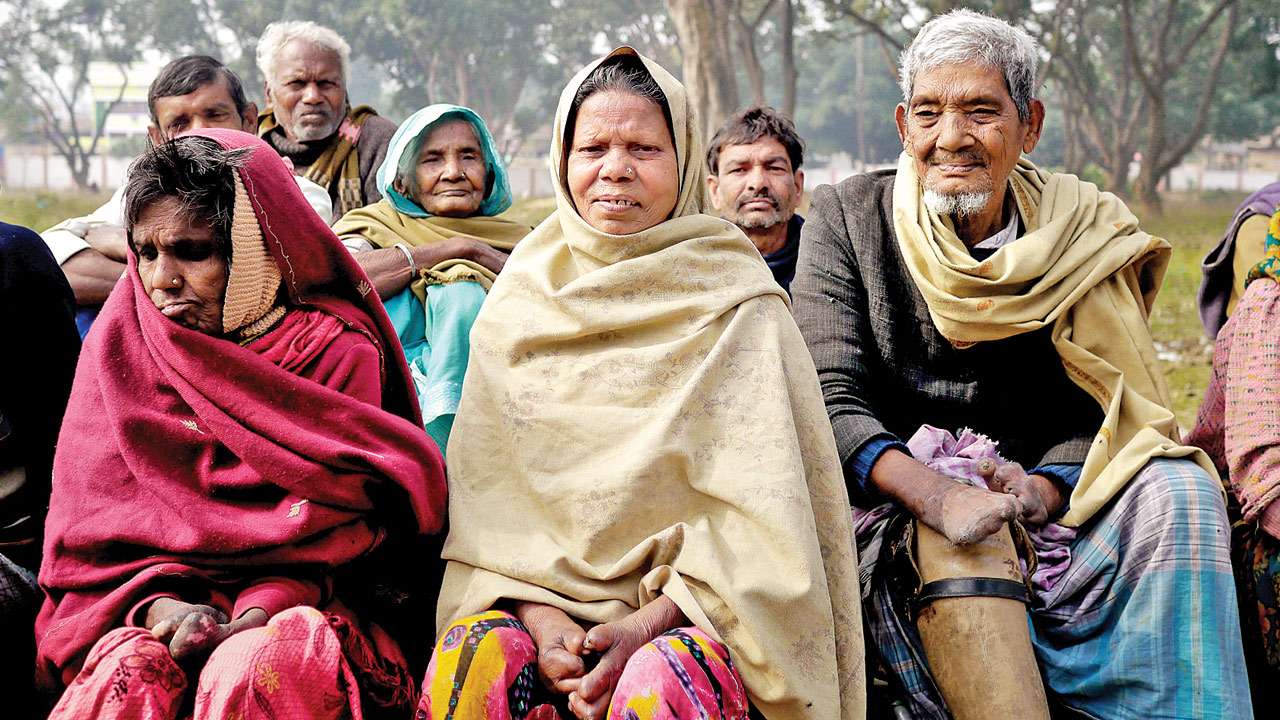
It is heartening to note that the government has finally taken note of the huge lacuna in the country’s laws which still include clauses that discriminate against those who happen to be affected by leprosy. Recently, the government made a commendable move towards the elimination of leprosy discrimination in India with the Lok Sabha passing the bill removing leprosy as a ground for divorce. In today’s age, when leprosy, being a bacterial disease, is treatable, and a person becomes non-infective within 24 hours of starting treatment, the grounds on which the law was made no longer exist. Even more, disease and ailment as a legitimate reason for divorce within the legal system only enhances and reaffirms the stigma that exists against those affected and is a violation of human rights. This step is sure to contribute to the improvement of the overall social environment and the negative perception around leprosy.
It is worth noting here that even today there are around 19 national and state laws and possibly more municipal and local body laws that discriminate on the basis of leprosy. In fact, the law commission had, in April 2015, suo moto drafted an EDPAL (Eliminating Discrimination Against Persons Affected by Leprosy) bill, which sought to render null and void any law/clause which discriminates on the basis of leprosy. This bill would have obviated the need for the tedious parliamentary oversight on clause-by-clause examination for contravening tenets. Unfortunately, despite having been taken up by a number of NGOs, this bill has not found a suitable champion
The passing of the Divorce Bill is encouraging since it recognises leprosy as a medical condition, as a disease which can be diagnosed, treated, and cured. Through Multi-Drug Therapy (MDT), more than 15 million persons have been cured globally in the last two decades. The strong message that this Bill sends is that leprosy need not be feared. It is in line with the protection of human rights of those affected by leprosy. India is a signatory to the UN Human Rights Council Resolution recognising discrimination against leprosy to be a violation of human rights. For those affected, it is a reaffirmation of their rights and a government recognition that the stigma against the disease is unwarranted.
The need to address the issue of stigma in India is critical. Today India has the highest prevalence rate of leprosy in the world. More than 55 per cent of all new cases are in India, and India accounts for 5 per cent of the total global leprosy burden. Many countries, far behind India in terms of economic growth, have done a better job of tackling the disease and bringing down the new cases to Eliminate Rate – which is less than one per 10,000 population. India too achieved it at the national level as far back as 2005. Unfortunately, however, since then the progress in the elimination of leprosy as a public health concern has been slow and in absolute numbers – stagnant.
The government has in recent years taken cognisance of this and intensified its efforts on multiple fronts to detect, diagnose and treat those affected. Most of these efforts on the medical side have resulted in many more cases being identified and in being identified before the onset of leprosy-related disabilities. This, in turn, will help in interrupting the transmission of the disease and eventually lowering its incidence in the country.
A major factor that slows down the efforts on the medical side is the social stigma attached to the disease as it prevents people from seeking early treatment. Afraid of social exclusion and rejection, those affected try to hide it till it can no longer be hidden. Late detection and treatment, even though it can cure the disease cannot reverse the nerve damage and disabilities. It also results in the continued transmission of the disease.
To address the stigma, greater social awareness and a change in the social environment where leprosy is no longer feared and those affected are accepted and included is essential. To this end, the recent Divorce Bill is a step in the right direction. It gives the right social message.
The good work begun by the government on the social front needs to be further strengthened. The discriminatory clauses in the different laws need to be annulled; affirmative action to include those affected within the social welfare net needs to be stepped up; above all a determined effort at raising awareness about scientific facts about leprosy and overcoming myths and fears associated with it addressed to ensure that India too becomes leprosy free.
Author is Executive Director, S-ILF